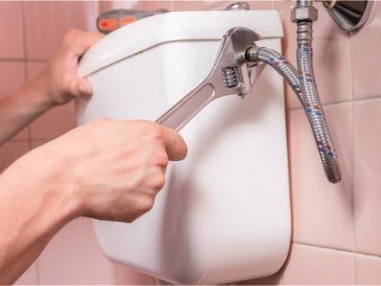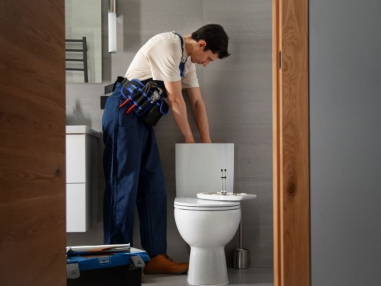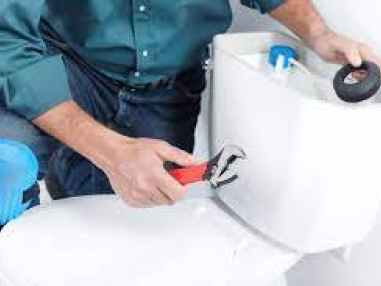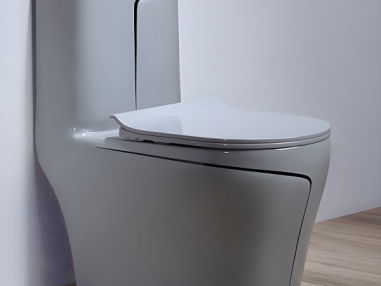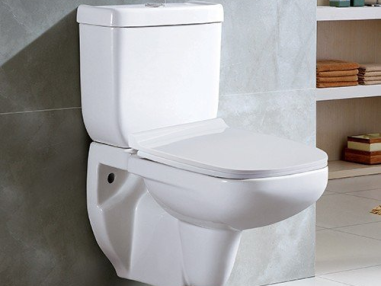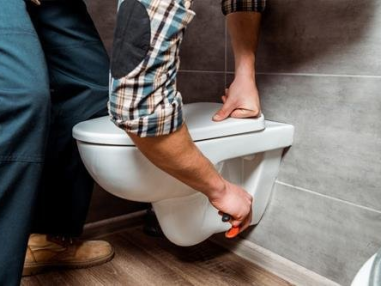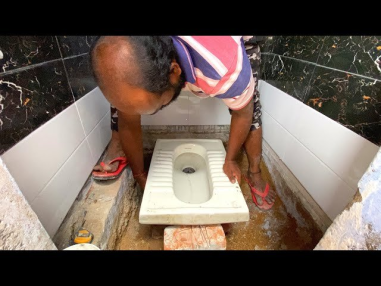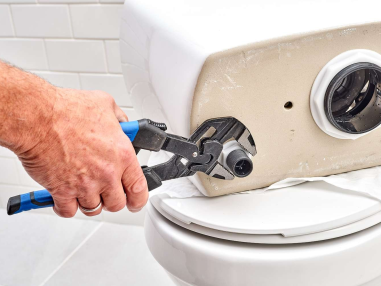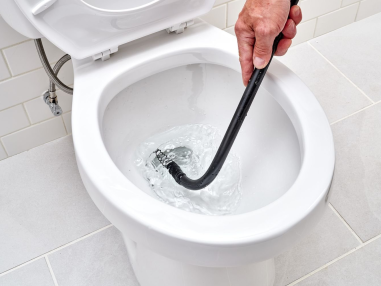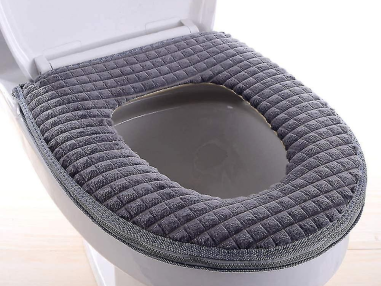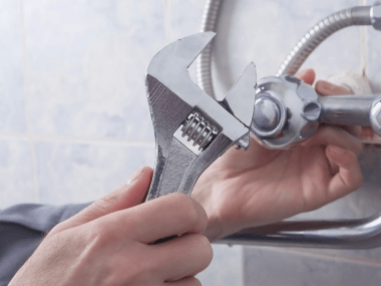
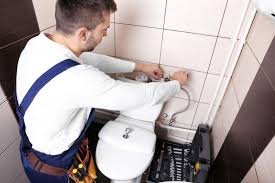
You can definitely tackle a floor-mounted western toilet repair yourself for certain issues, but some problems are best left to the professionals. Here's a breakdown to help you decide
Deal with it Yourself (if the problem is):
Running Toilet: A constantly running toilet is often caused by a malfunctioning flapper valve or fill valve within the tank. These are generally easy to replace with
a little know-how.
Leaking from the Tank: This usually points to a worn-out flapper valve or a faulty tank gasket. Replacing these parts is manageable
Clogged Toilet: A clogged toilet can sometimes be resolved with a good plunging or by snaking the clog with a toilet auger (use with caution and follow instructions
carefully).
Tools You'll Need:
Adjustable wrench
Screwdriver (flathead and Phillips)
Replacement parts (flapper valve, fill valve, tank gasket, depending on the issue)
Bucket (to catch water)
Plunger
Toilet auger (optional, for stubborn clogs)
Work gloves (optional)
When to Call a Professional Plumber:
Major Leaks or Cracked Porcelain: If the leak is significant or the toilet bowl or tank itself has cracks, a professional plumber can assess the damage and recommend the best course of action (repair or replacement). This might involve replacing the toilet entirely.
Hidden Leaks or Wall Damage: Leaks originating from concealed pipes within the wall, or if the repair requires fixing damaged flooring or walls around the toilet,
necessitate a professional to prevent further water damage and ensure proper repairs.
Leaking at the Base: While replacing a wax ring (the seal between the toilet and the flange) is possible for DIYers, it can be a messy job and requires careful re-
installation of the toilet. If you're not comfortable with this task, call a plumber.
Complex Toilet Systems: For toilets with pressure-assisted flushing mechanisms or complex internal components, a professional plumber has the expertise to diagnose and repair the problem more efficiently.
Limited Experience or Confidence: If you lack confidence in your ability to fix the toilet or feel uncomfortable working with plumbing connections, don't hesitate to
call a professional plumber for a secure and lasting repair.
Turn off the water supply before starting any repairs. Locate the shut-off valve for the toilet and turn it off completely. This prevents water flow while you work.
Diagnose the problem correctly. Misdiagnosing the issue can lead to incorrect repairs and persisting problems. Take your time to examine the toilet components and
identify the source of the leak, running water, or clog.
Use the right replacement parts. Ensure the replacement parts you purchase are compatible with your specific toilet model. You can usually find this information on
the inside of the tank lid or consult the toilet's user manual.
Follow instructions carefully. Refer to the manufacturer's instructions or online tutorials for specific repair procedures, especially when replacing parts.
Don't over-tighten connections. Tighten nuts and fittings snugly but firmly to avoid damaging the components.
